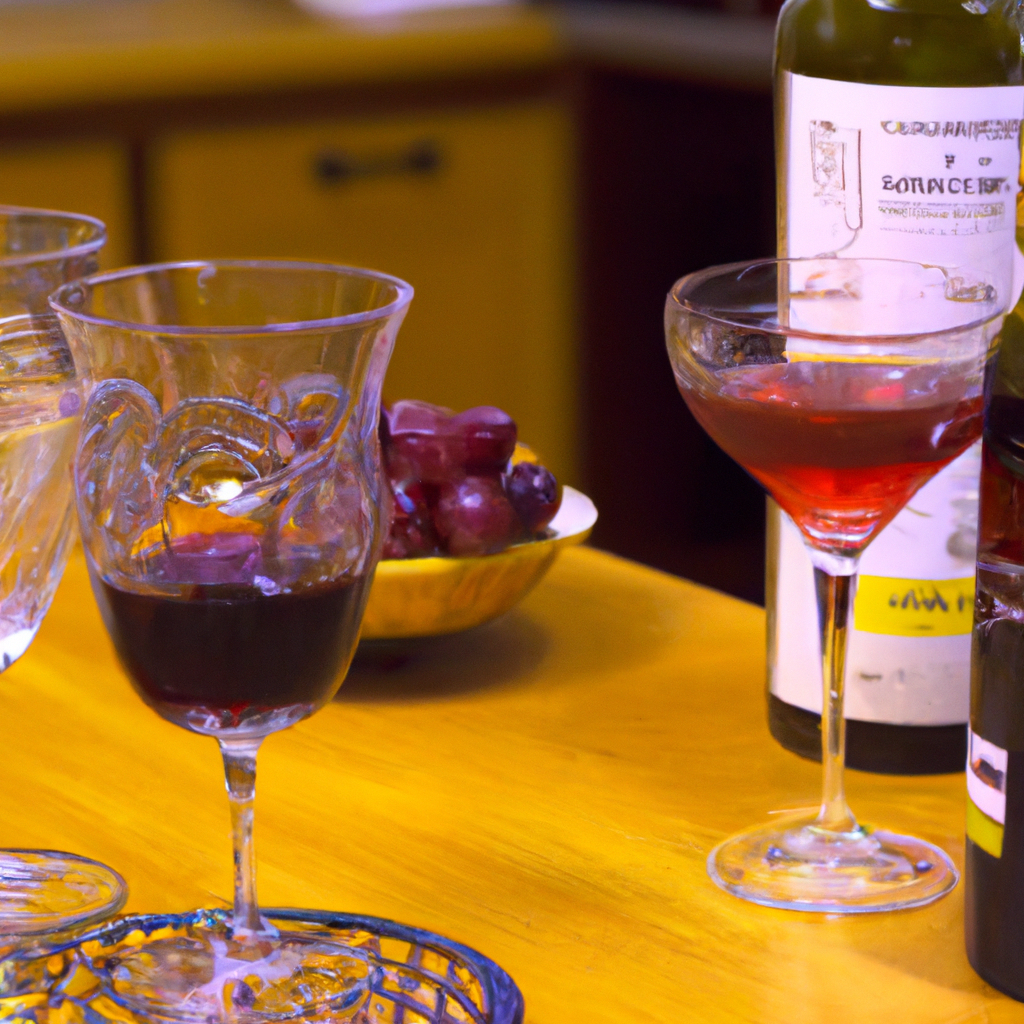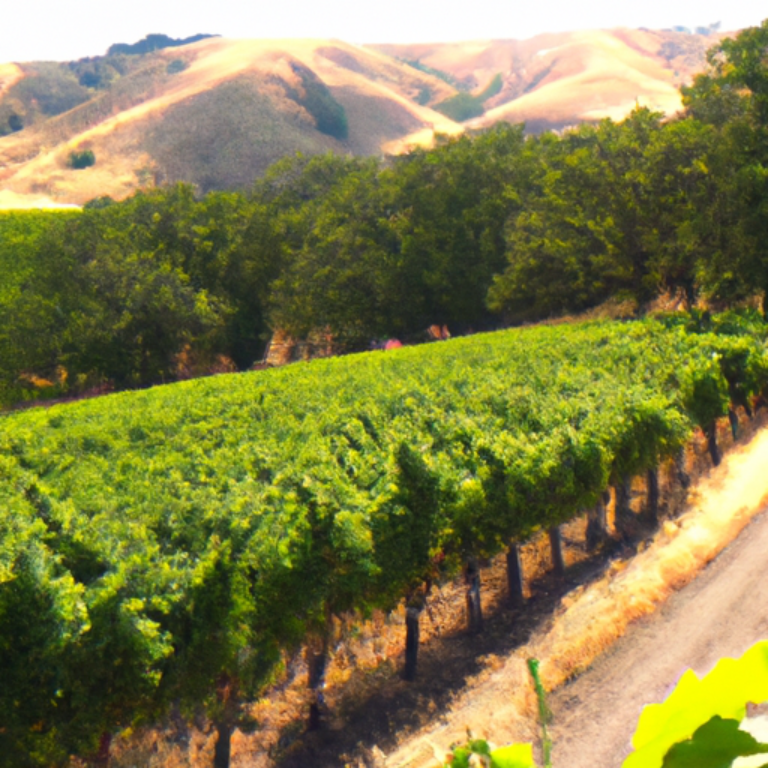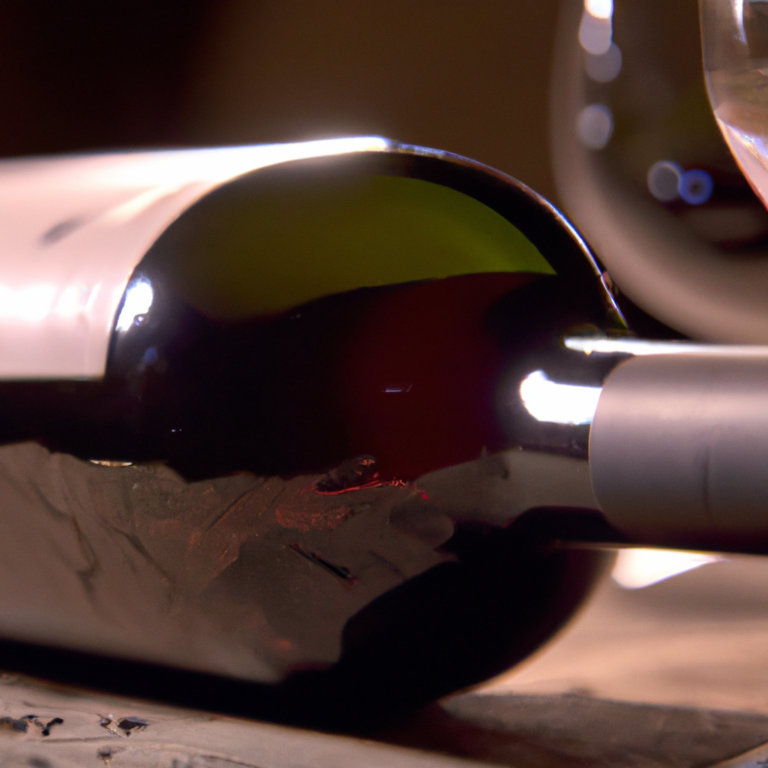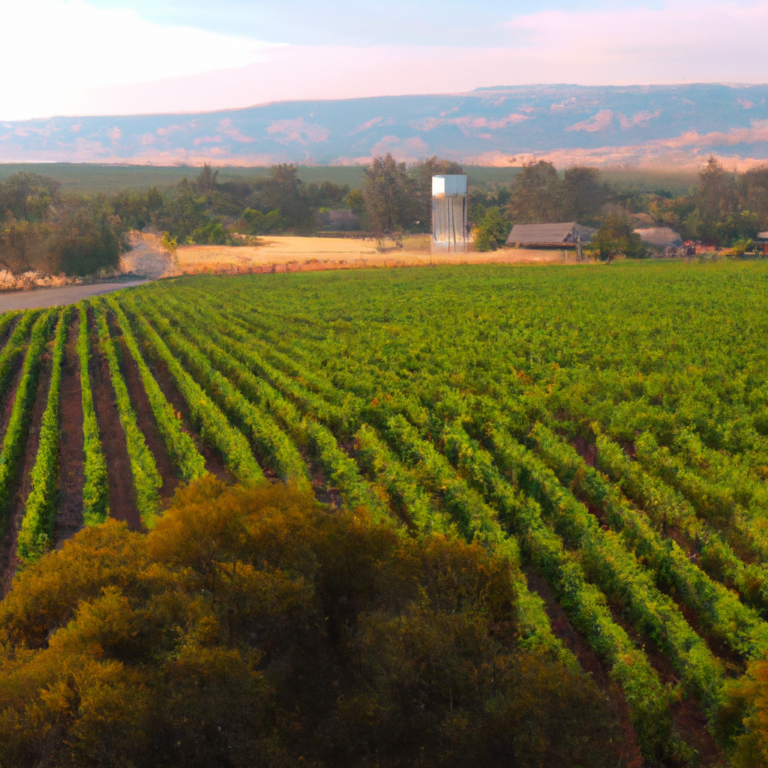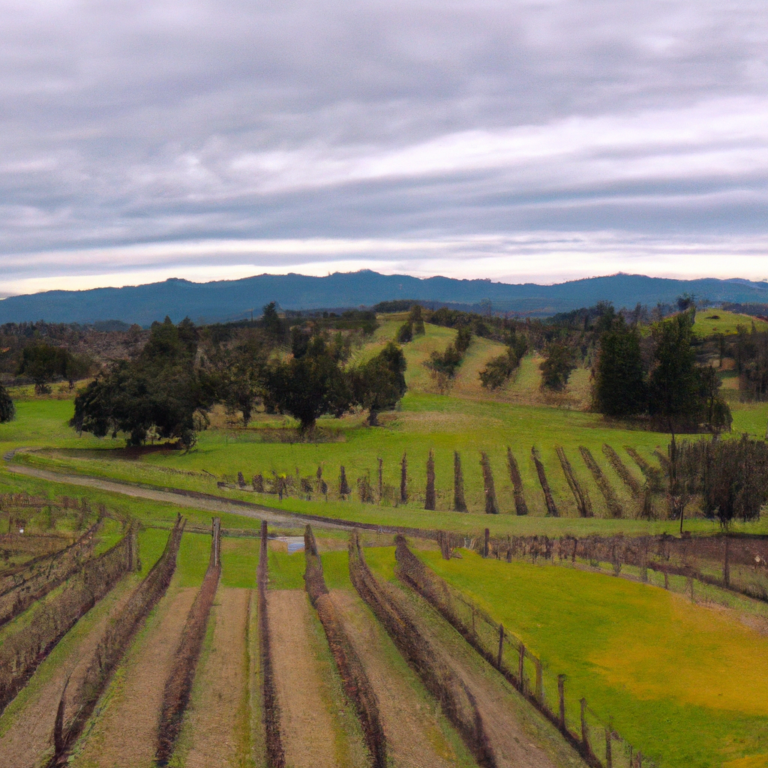An Introduction to Blind Tasting Wine: Understanding the Terminology
-
Article Summary
- An Introduction to Blind Tasting Wine: Understanding the Terminology
- Key Takeaways
- Introduction: The Art of Blind Tasting
- Understanding the Terminology
- Aroma
- Body
- Finish
- Tannin
- Acidity
- Balance
- FAQ Section
- What is blind tasting?
- Why is understanding wine terminology important for blind tasting?
- What are some key terms used in blind tasting?
- Who can participate in blind tasting?
- Does blind tasting require practice?
- Conclusion: The Joy of Blind Tasting
- Revisiting the Key Takeaways
An Introduction to Blind Tasting Wine: Understanding the Terminology
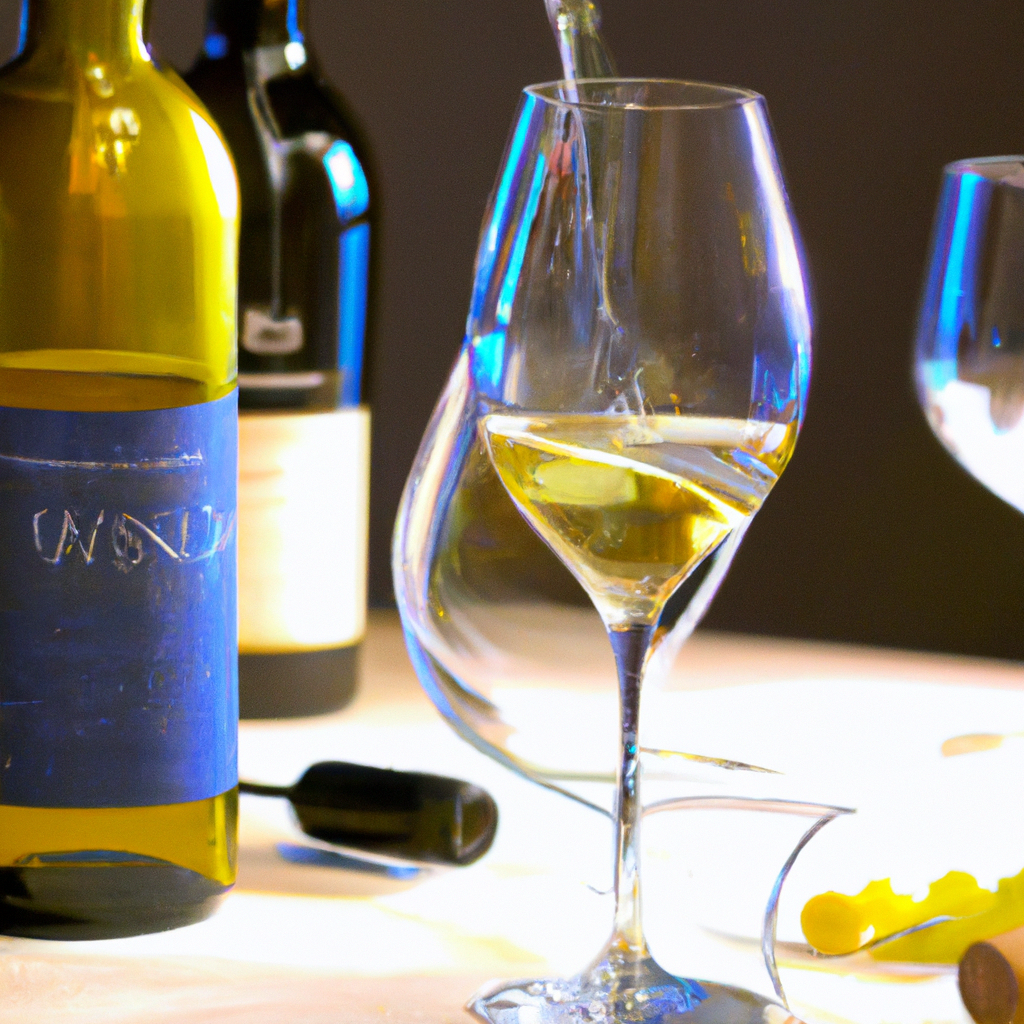
[youtubomatic_search]
Key Takeaways
- Blind tasting is a method of evaluating wine without knowing its identity, which helps to eliminate bias and enhance sensory perception.
- Understanding wine terminology is crucial for effective blind tasting, as it allows for accurate description and assessment of the wine.
- Key terms include aroma, body, finish, tannin, acidity, and balance, among others.
- Blind tasting can be a fun and educational activity, but it also requires practice and a keen sense of smell and taste.
- Blind tasting is not just for wine experts; anyone can learn and enjoy the process.
Introduction: The Art of Blind Tasting
Blind tasting is a fascinating and complex process that involves evaluating a wine based on its sensory attributes, without any knowledge of its identity. This method is often used in wine competitions, professional exams, and training sessions, but it can also be a fun and educational activity for wine enthusiasts. Understanding the terminology used in blind tasting is crucial, as it allows for a more accurate and detailed description of the wine. This article will provide an introduction to blind tasting and explain some of the key terms used in this process.
Understanding the Terminology
When it comes to blind tasting, there are several key terms that you need to understand. These terms relate to the various sensory attributes of the wine, including its appearance, aroma, taste, and texture.
Aroma
The aroma of a wine refers to the smells that come from the glass. These can be divided into primary aromas (those derived from the grape variety), secondary aromas (those that result from fermentation), and tertiary aromas (those that develop during aging). For example, a wine might have aromas of red fruits, vanilla, or tobacco.
Body
The body of a wine refers to its weight or fullness in the mouth. This is influenced by factors such as alcohol content, sugar level, and tannin. Wines can be described as light-bodied, medium-bodied, or full-bodied.
Finish
The finish of a wine refers to the aftertaste that lingers in the mouth after swallowing. A long finish is often associated with high-quality wines.
Tannin
Tannin is a compound found in the skins, seeds, and stems of grapes, as well as in oak barrels. It contributes to the structure and longevity of the wine, and it can be perceived as a drying sensation in the mouth.
Acidity
Acidity is a key component of wine that contributes to its freshness and balance. It can be perceived as a mouthwatering sensation, and it helps to cleanse the palate.
Balance
Balance refers to the harmony between the different components of the wine, such as fruit, acidity, tannin, and alcohol. A well-balanced wine is one where no single component dominates over the others.
FAQ Section
What is blind tasting?
Blind tasting is a method of evaluating wine based on its sensory attributes, without any knowledge of its identity. This helps to eliminate bias and enhance sensory perception.
Why is understanding wine terminology important for blind tasting?
Understanding wine terminology is crucial for effective blind tasting, as it allows for a more accurate and detailed description of the wine.
What are some key terms used in blind tasting?
Key terms used in blind tasting include aroma, body, finish, tannin, acidity, and balance, among others.
Who can participate in blind tasting?
Blind tasting is not just for wine experts; anyone can learn and enjoy the process. It can be a fun and educational activity for wine enthusiasts.
Does blind tasting require practice?
Yes, blind tasting requires practice and a keen sense of smell and taste. However, with time and experience, you can improve your skills and enjoy the process even more.
Conclusion: The Joy of Blind Tasting
Blind tasting is a fascinating and complex process that can enhance your appreciation of wine. By understanding the terminology used in blind tasting, you can accurately describe and assess the wine, and gain a deeper understanding of its sensory attributes. Whether you’re a wine professional or a casual enthusiast, blind tasting can be a fun and educational activity that allows you to explore the world of wine in a new and exciting way.
[youtubomatic_search]
Revisiting the Key Takeaways
- Blind tasting is a method of evaluating wine without knowing its identity, which helps to eliminate bias and enhance sensory perception.
- Understanding wine terminology is crucial for effective blind tasting, as it allows for accurate description and assessment of the wine.
- Key terms include aroma, body, finish, tannin, acidity, and balance, among others.
- Blind tasting can be a fun and educational activity, but it also requires practice and a keen sense of smell and taste.
- Blind tasting is not just for wine experts; anyone can learn and enjoy the process.

